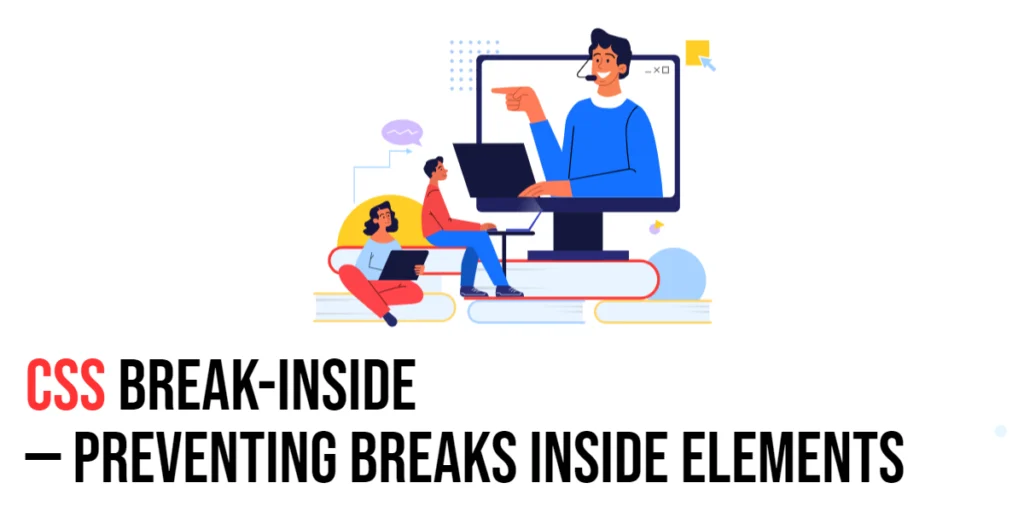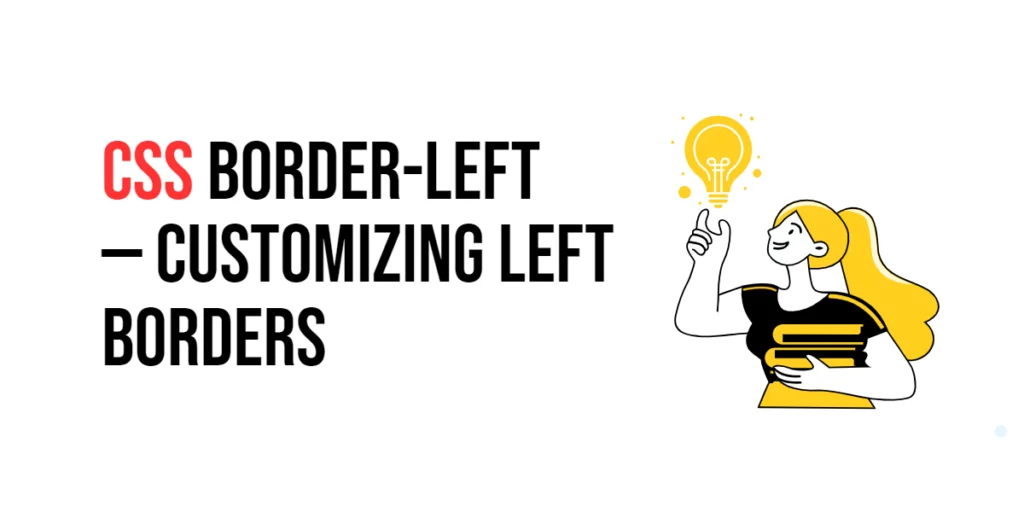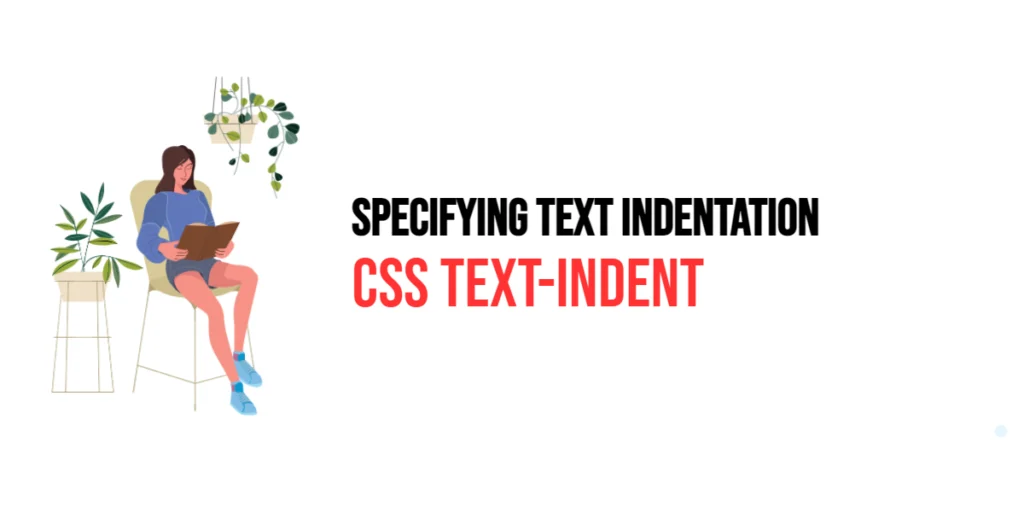The break-inside property in CSS is used to control page, column, or region breaks that occur inside an element. This property is particularly useful for managing the flow of content in print layouts, multi-column layouts, and regions within a web page. By using the break-inside property, developers can ensure that content within an element is not broken across multiple lines, pages, or columns, which helps maintain readability and visual consistency.
Preventing breaks inside elements is essential for creating well-organized and visually appealing documents, especially when dealing with printed media or multi-column layouts. The break-inside property supports various values such as auto, avoid, avoid-page, and avoid-column. This article will explore the principles of the break-inside property in CSS, provide practical examples, and discuss best practices for its implementation. By the end of this article, you will have a comprehensive understanding of how to prevent breaks inside elements effectively.
Understanding the Break-Inside Property in CSS
The break-inside property in CSS specifies how the page, column, or region breaks should occur inside an element. It can take several values, including auto, avoid, avoid-page, and avoid-column.
<!DOCTYPE html>
<html lang="en">
<head>
<meta charset="UTF-8">
<meta name="viewport" content="width=device-width, initial-scale=1.0">
<style>
.basic-break-inside {
display: block;
margin: 20px;
padding: 20px;
border: 2px solid blue;
break-inside: avoid;
background-color: lightblue;
}
</style>
<title>Basic Break-Inside Usage</title>
</head>
<body>
<div class="basic-break-inside">
This element has a break-inside set to avoid, preventing breaks inside the element.
</div>
</body>
</html>In this example, the .basic-break-inside class sets the break-inside property to avoid, which ensures that no break occurs inside the element. This basic usage demonstrates how to use the break-inside property to control breaks within an element.
Using Break-Inside with Different Values
The break-inside property can be set using different values to create various types of break control. These values include auto, avoid, avoid-page, and avoid-column.
<!DOCTYPE html>
<html lang="en">
<head>
<meta charset="UTF-8">
<meta name="viewport" content="width=device-width, initial-scale=1.0">
<style>
.break-auto {
display: block;
margin: 20px;
padding: 20px;
border: 2px solid red;
break-inside: auto;
background-color: lightcoral;
}
.break-avoid {
display: block;
margin: 20px;
padding: 20px;
border: 2px solid green;
break-inside: avoid;
background-color: lightgreen;
}
.break-avoid-page {
display: block;
margin: 20px;
padding: 20px;
border: 2px solid gold;
break-inside: avoid-page;
background-color: lightgoldenrodyellow;
}
.break-avoid-column {
display: block;
margin: 20px;
padding: 20px;
border: 2px solid purple;
break-inside: avoid-column;
background-color: lightpurple;
}
</style>
<title>Break-Inside Values</title>
</head>
<body>
<div class="break-auto">Break-Inside: Auto</div>
<div class="break-avoid">Break-Inside: Avoid</div>
<div class="break-avoid-page">Break-Inside: Avoid-Page</div>
<div class="break-avoid-column">Break-Inside: Avoid-Column</div>
</body>
</html>In this example, the .break-auto, .break-avoid, .break-avoid-page, and .break-avoid-column classes demonstrate the different values for the break-inside property. The auto value allows breaks inside the element, avoid prevents any breaks, avoid-page prevents page breaks, and avoid-column prevents column breaks. This shows how varying the break-inside values can control the flow of content within elements.
Combining Break-Inside with Other CSS Properties
The break-inside property can be combined with other CSS properties like display, margin, and padding to achieve more controlled and visually appealing layouts.
<!DOCTYPE html>
<html lang="en">
<head>
<meta charset="UTF-8">
<meta name="viewport" content="width=device-width, initial-scale=1.0">
<style>
.combined-break-inside {
display: block;
margin: 30px;
padding: 15px;
border: 3px solid darkgreen;
break-inside: avoid-page;
background-color: lightseagreen;
}
</style>
<title>Combining Break-Inside with Other Properties</title>
</head>
<body>
<div class="combined-break-inside">
This element combines break-inside with other properties.
</div>
</body>
</html>In this example, the .combined-break-inside class combines the break-inside property with display, margin, padding, and border properties. This creates a block element that prevents page breaks inside it, with specific margin, padding, and border settings. This demonstrates how to use the break-inside property in conjunction with other CSS properties to create controlled layouts.
Best Practices for Using Break-Inside
To effectively use the break-inside property, it is important to follow best practices such as maintaining consistency, using appropriate values for different contexts, and ensuring readability.
<!DOCTYPE html>
<html lang="en">
<head>
<meta charset="UTF-8">
<meta name="viewport" content="width=device-width, initial-scale=1.0">
<style>
.best-practices-break-inside {
display: block;
margin: 20px;
padding: 10px;
border: 2px solid black;
break-inside: avoid;
background-color: lightsalmon;
max-width: 600px;
}
</style>
<title>Best Practices for Break-Inside</title>
</head>
<body>
<div class="best-practices-break-inside">
Best Practices for Break-Inside
</div>
</body>
</html>In this example, the .best-practices-break-inside class follows best practices by using a consistent break-inside value, applying reasonable margin and padding, and ensuring the element is visually distinct and readable. This approach helps maintain visual consistency and readability in web design.
Conclusion
The break-inside property in CSS is a versatile tool for controlling breaks inside elements. By understanding and utilizing different values such as auto, avoid, avoid-page, and avoid-column, you can create visually appealing and well-organized layouts.
Experiment with different break-inside property techniques to see how they can enhance your web projects. For further learning, explore resources such as the MDN Web Docs on CSS break properties. By continuing to practice and experiment, you will become proficient in using the break-inside property to prevent breaks inside elements effectively.




